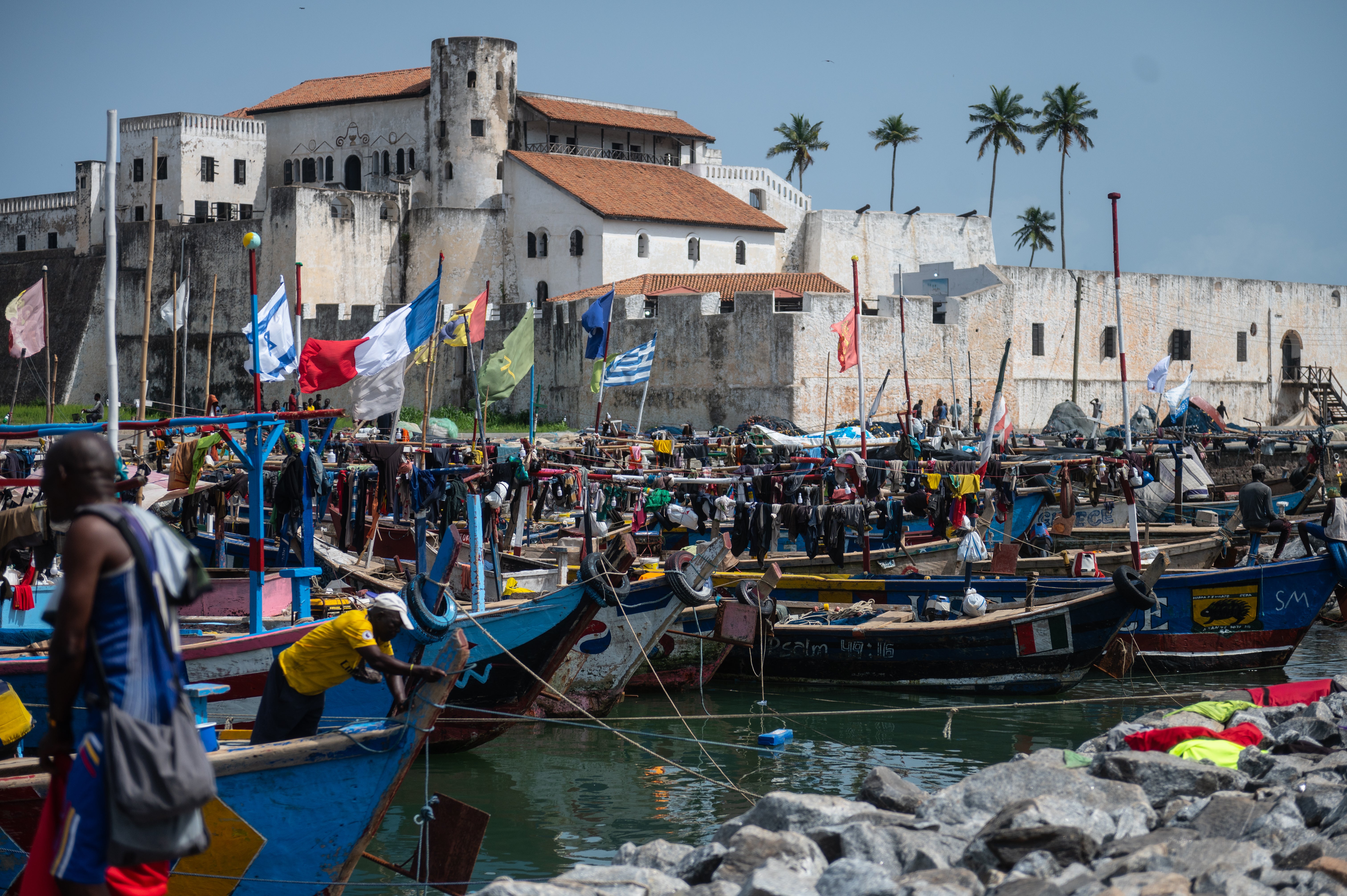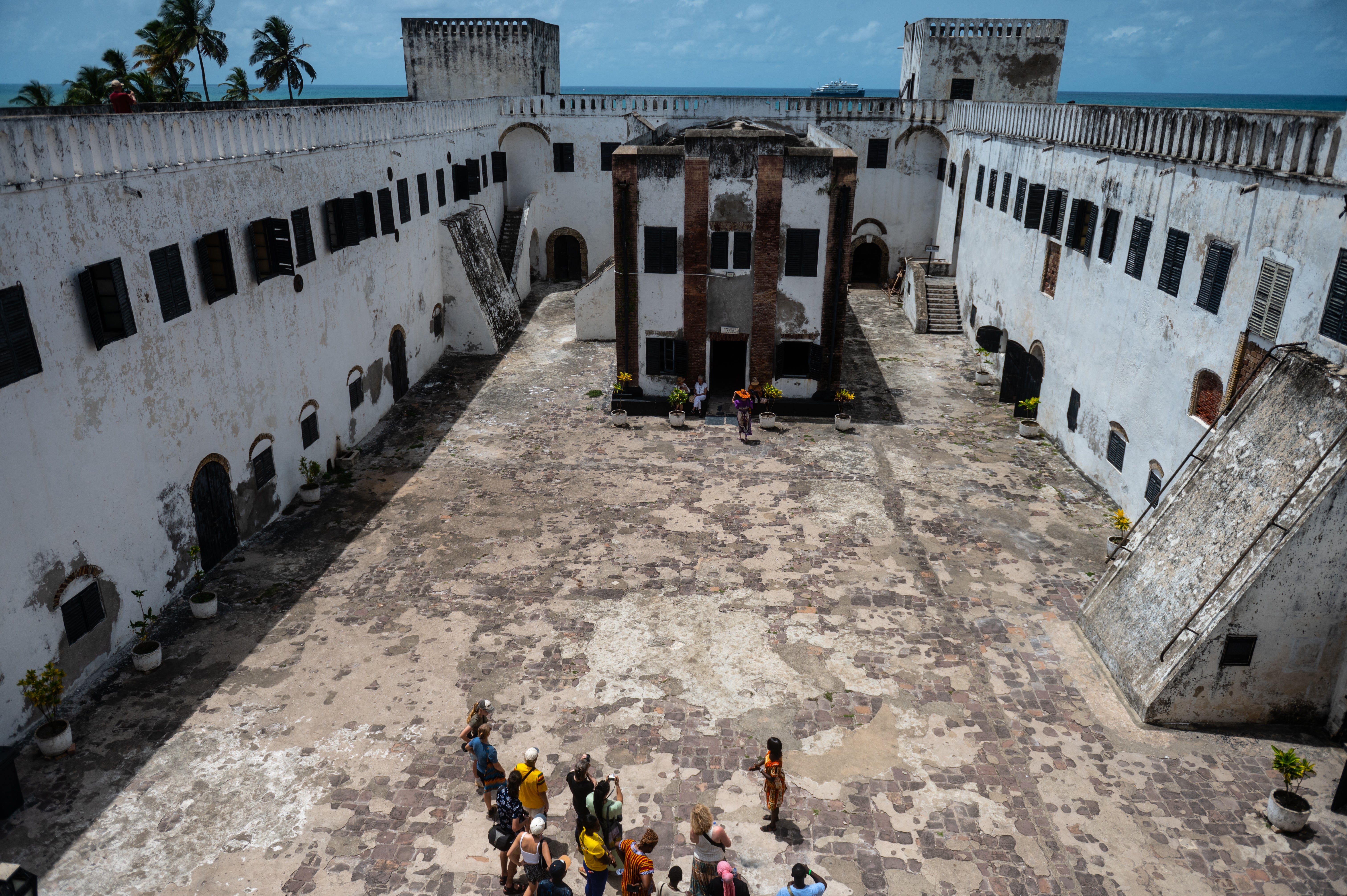Seven countries in 13 days in luxurious comfort. Had I heard this 20 years ago when driving through West Africa, I would’ve rolled my eyes in disbelief. Back then I recalled hot days along potholed roads, hotels of dubious character, and ‘negotiations’ – fiscal ones – at multiple border crossings. West African travel can be as challenging as it is richly rewarding.
Now, departing from Tema, Ghana, on Swan Hellenic’s small 76-cabin expedition cruise vessel, Vega, I would explore West Africa’s little-travelled coastline without scarcely breaking sweat or outlaying a fistful of euros.
Unheralded as this coast may be, off-the-beaten track Africa is in demand from consumers. Vega was repositioning from Antarctica for its Arctic summer season via a West African cruise with a completely full complement of passengers. So few vessels explore this coast that when we docked in Liberia, their tourism minister appeared on deck to inspect the first visiting cruise ship in 12 years.

Read more on Africa travel:
From my large cabin on the sixth deck, balcony doors flung open to enjoy ever-present dolphins and Atlantic breezes tempering 28C heat, I watched Ghana, Côte d’Ivoire, Liberia, Sierra Leone, Guinea-Bissau and The Gambia come and go during a 1,759 nautical mile voyage to Senegal. Soporific sea days alternated with landings ashore at major coastal ports. It wasn’t always plain sailing, as languid officialdom held-up disembarkations, and high sea temperatures (meaning denser seawater) slowed Vega down.
Yet the exposure to Portuguese, British, and Francophone colonial influences and ethnic groups proved an engrossing, and at times sobering, voyage into the unknown. If the region’s beleaguered wildlife has little reputation for nature-based tourism, West Africa remains the visceral core of the transatlantic slave trade. It was the main conduit for the ‘middle passage’ shippage of 10–12 million Africans to the Americas.

Take Elmina, our first stop along Ghana’s ‘Gold Coast’. Its wharves thronged with energy, hundreds of wooden fishing pirogues emblazoned with platitudes to God and decorated with flags. Barracuda and red snapper is feverishly traded quayside…
Click Here to Read the Full Original Article at The Independent Travel…
